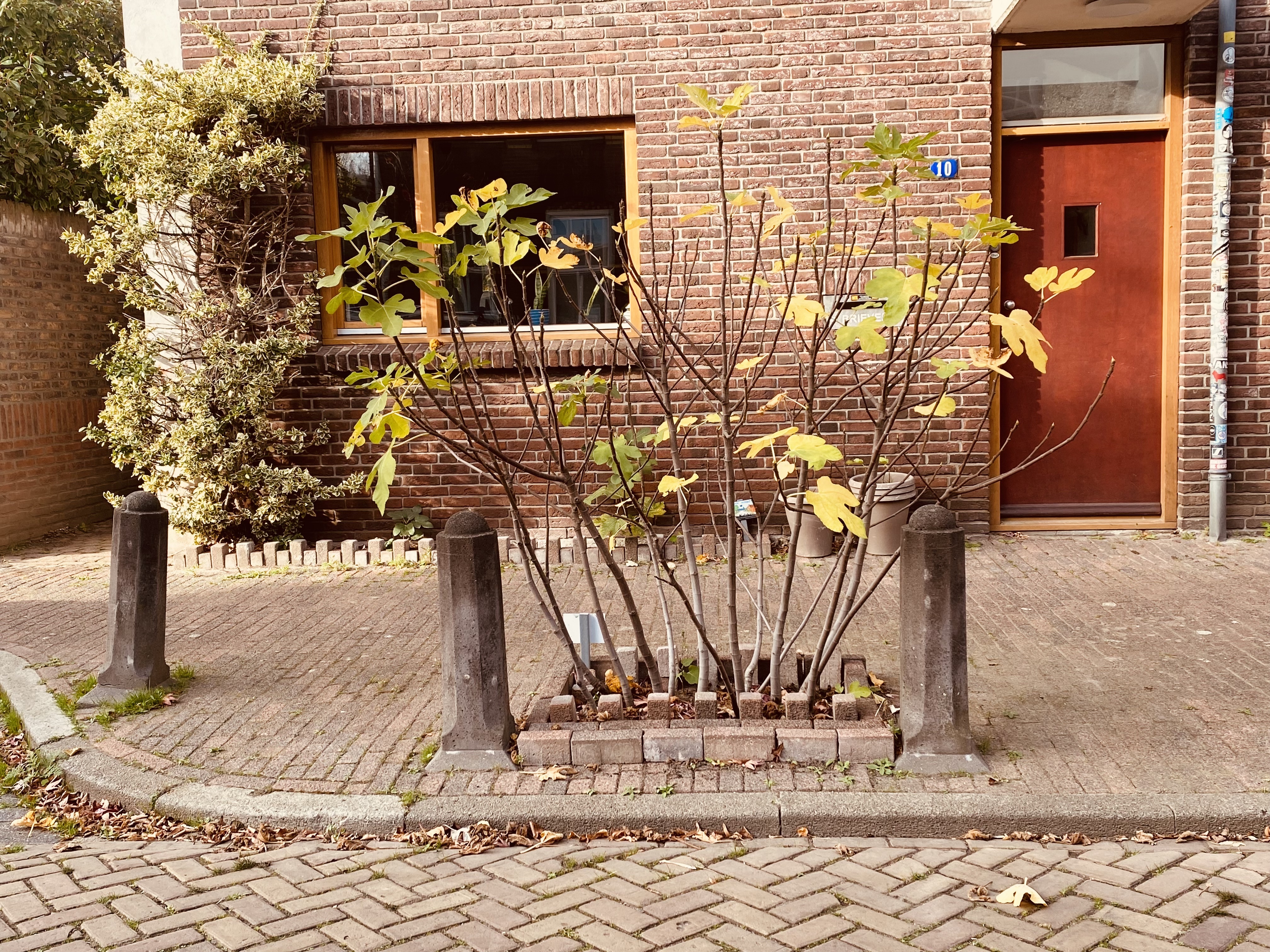In 2018, Richard Sennett, professor of urban studies, in his book Building and Dwelling, Ethics for the City, described the distinction between the city as Ville and the city as Cité. In short, the Ville is the built environment and the Cité is the living environment.
In his book, Sennett uses a number of examples to describe how the Ville can change the values and morals of the Cité. For example, before the introduction of the pissoir, a Parisian invention, it was common for men to do their need openly in the street and hence with no sence of decorum whatsoever show mr Johnson in public. After the introduction of the pissoir in 1830, urine could not only be disposed of underground (serving hygienic purposes), but the values of the Cité also changed: it was considered embarrassing to do your business in front of strangers.
In this book, Sennett also describes how Jane Jacobs went to war against the planning vision of Robert Moses. She advocated mixed neighbourhoods, informal street life and local control over what the city should look like and how it should function. An open city that 'organises' serendipity.
An example of organizing serendipity is this scene in downtown Eindhoven. The occupant of this property has appropriated a piece of municipal land and planted a fig tree there. In spring and summer, when figs grow on the tree, people literally gather around the tree to pick and eat figs and have a conversation. A great example of the interplay between Ville and Cité.

